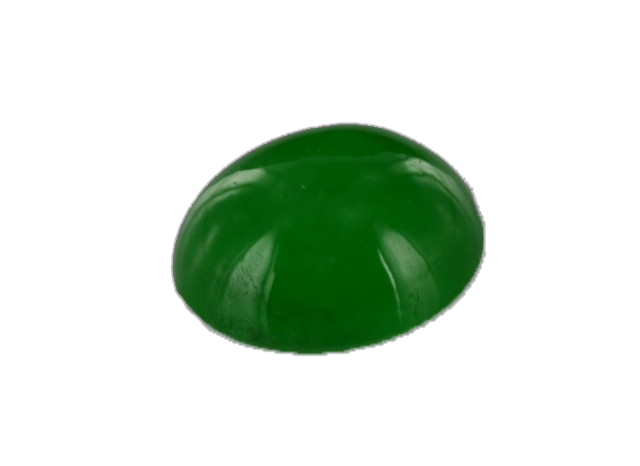
uneven
Je vous emmène à travers mes vidéos découvrir mon expérience acquise depuis plus de 30 ans a silloner le globe entier à la recherche de pierres précieuses, de rencontre mémorables mais aussi de difficulté parfois …
actualités
Categories

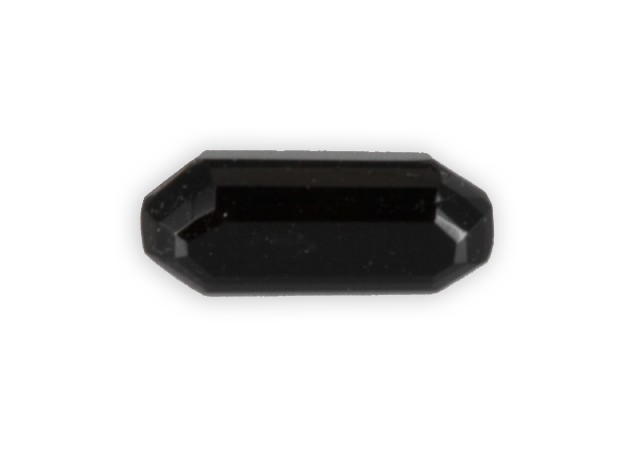
augite
Its name, coming from Latin, was given by Werner and it means bright because the surfaces of its divisions are very bright. Amongst the pyroxenes, augite is a ferromagnesian silicate low in calcium. The fassaite variety is low in iron, the jeffersonite variety is rich
mother-of-pearl
Mother-of-pearl or Nacre is the substance that constitutes the inner part of the shell of certain mollusks, its name comes from the Latin “ nacrum “, which was used to describe white matter with iridescent reflections. It consists of a mineral part of calcium carbonate
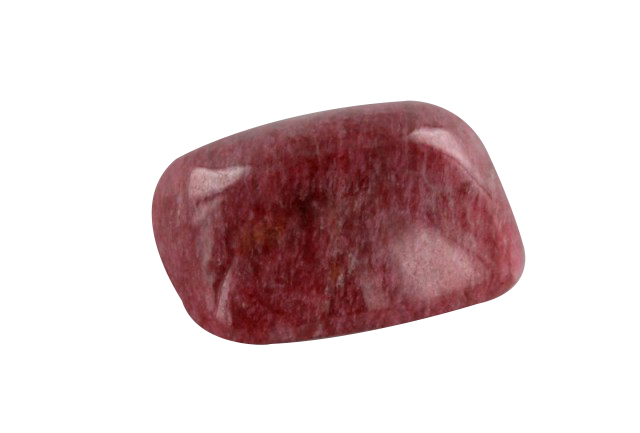
zoisite
Identified by Werner in 1805 in the Austrian Alps, it was named after the Austrian Siegmund Zois, Baron von Edelstein (1747-1819). It is part of the epidote group. Its best-known variety is tanzanite which is not a mineral recognized by the International Mineralogical Commission for
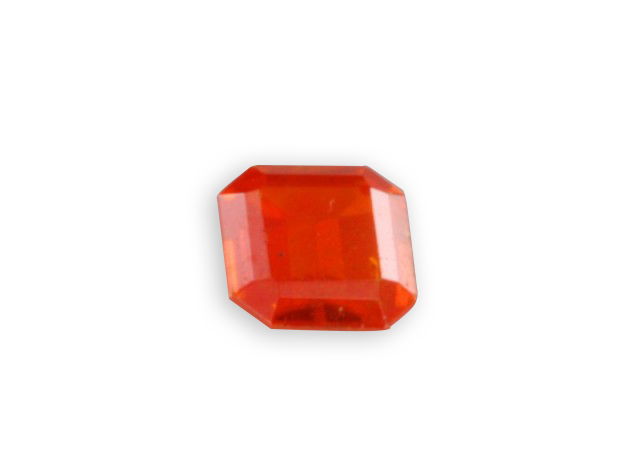
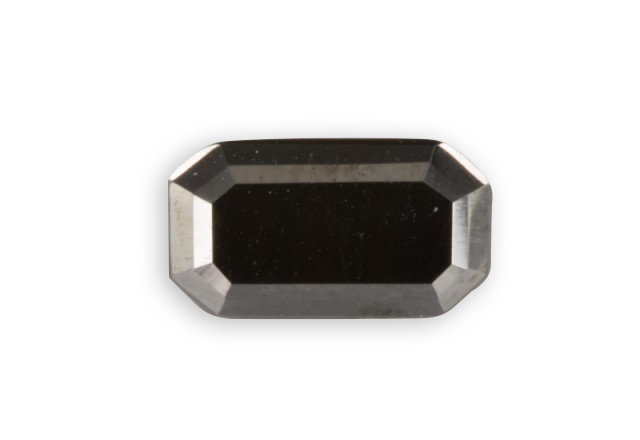
wolframite
Its name comes from the german, “ wolfram” being the name of tungsten, which is its main component. The hubnerite variety is rich in manganese, of a rather red color, transparent and in slices, it was named after the german Adolph Huebner. The ferberite variety



